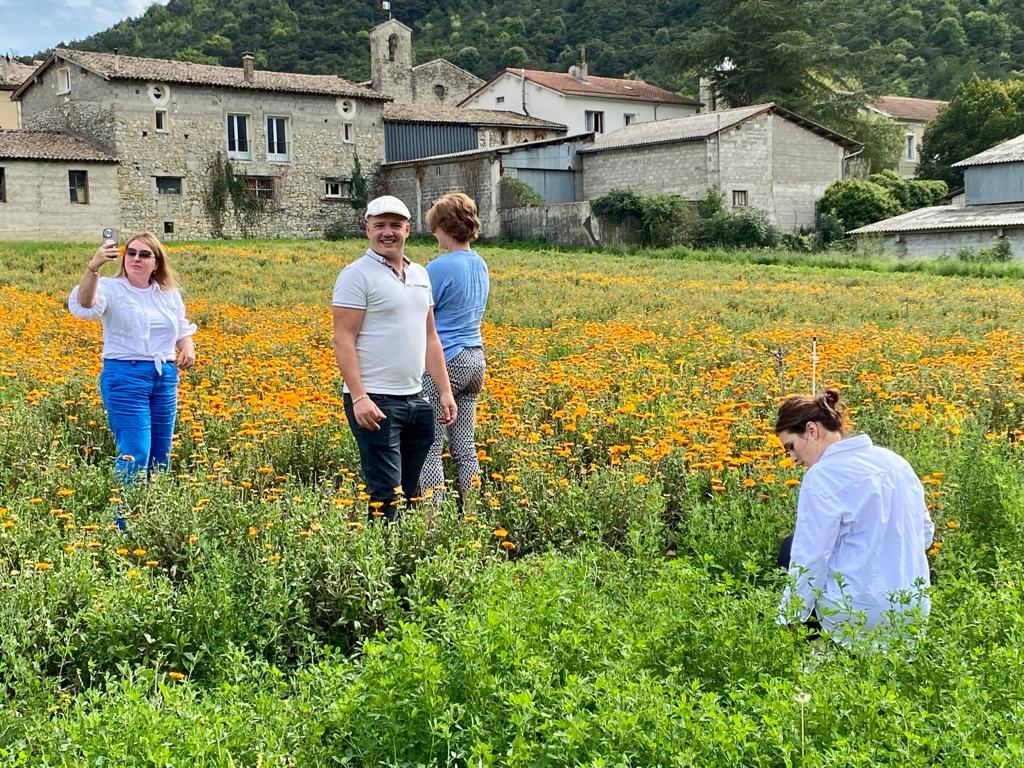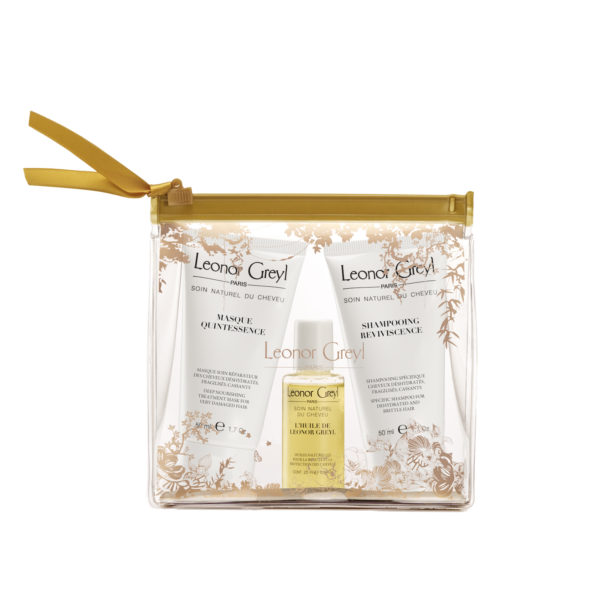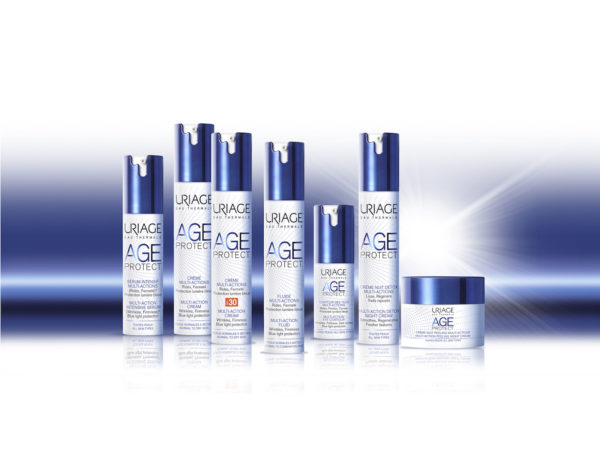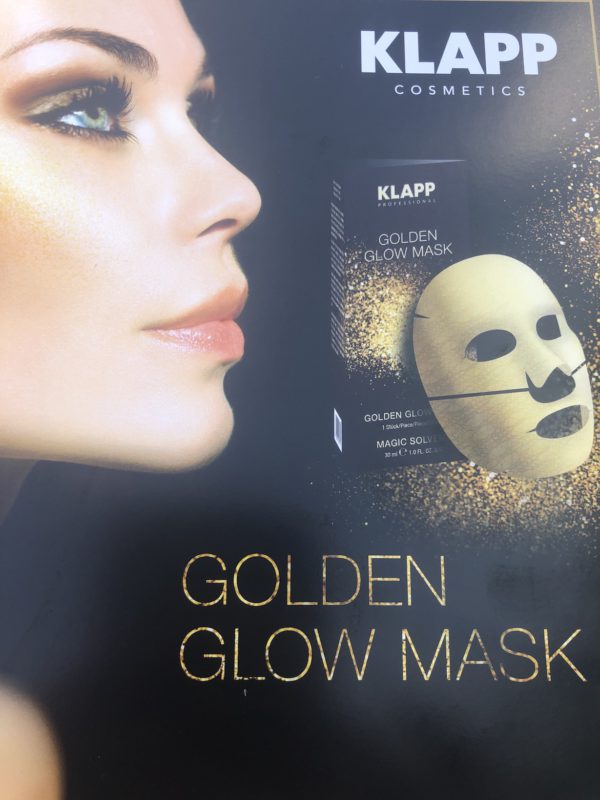The French Laboratoires Boiron are not only celebrating their 90th anniversary this year; their Calendula-based Dermoplasmine range completely blew our minds since we tried it a few months ago. Reason enough to travel to Valence and Sainte-Foy-lès-Lyon in France to see with your own eyes how the calendula or marigolds are picked and quickly processed into a final product with one goal in mind: to keep the effectiveness of the active ingredients as much as possible. This is a fascinating story about a small family pharmacy that grew into a renowned international company and is now the N°1 in homeopathy.
Text Anja Van Der Borght – Pictures Boiron and WOWwatchers.
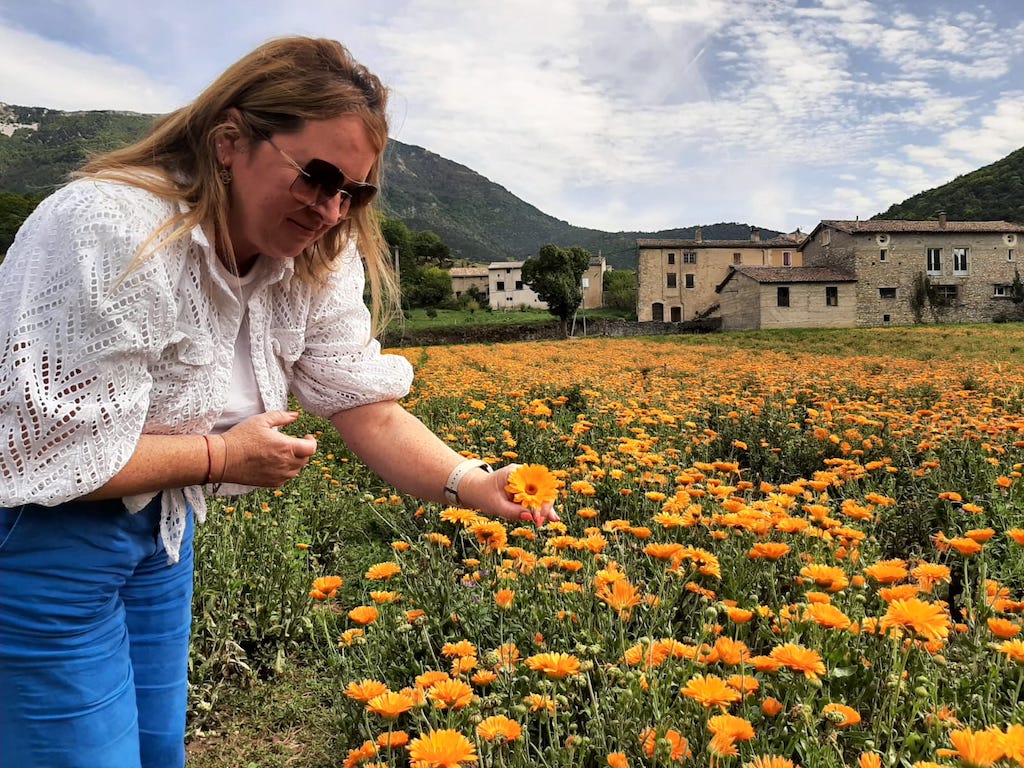
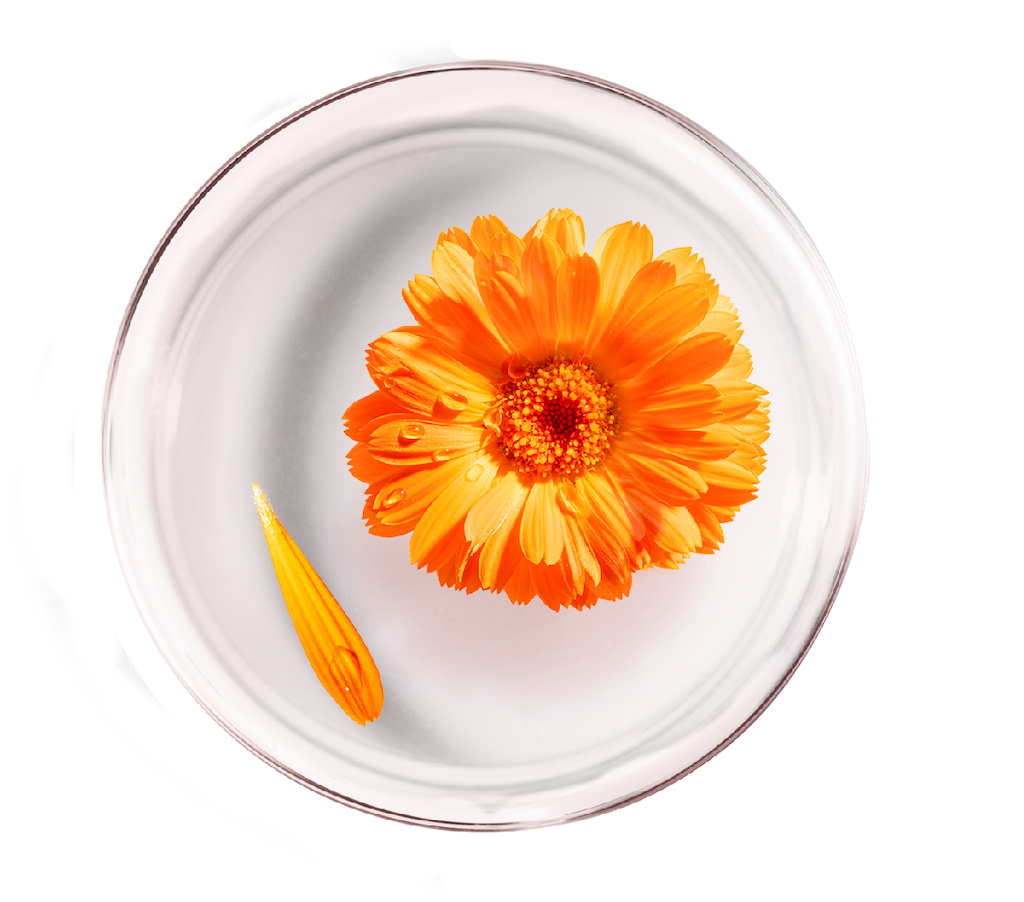
If you go through your pharmacy or bathroom cabinet, you will undoubtedly stumble on a Boiron product. We all know them only too well, those colored tubes filled with homeopathic granules, some of which we pour under our tongue to prevent bruises when we have bumped ourselves or prepare us for an injection or when we take a mixture of these granules when we feel a sore throat or a cold coming up. But Boiron produces so much more: homeopathic medicines, syrups, nutritional supplements, … and yes, cosmetics too.
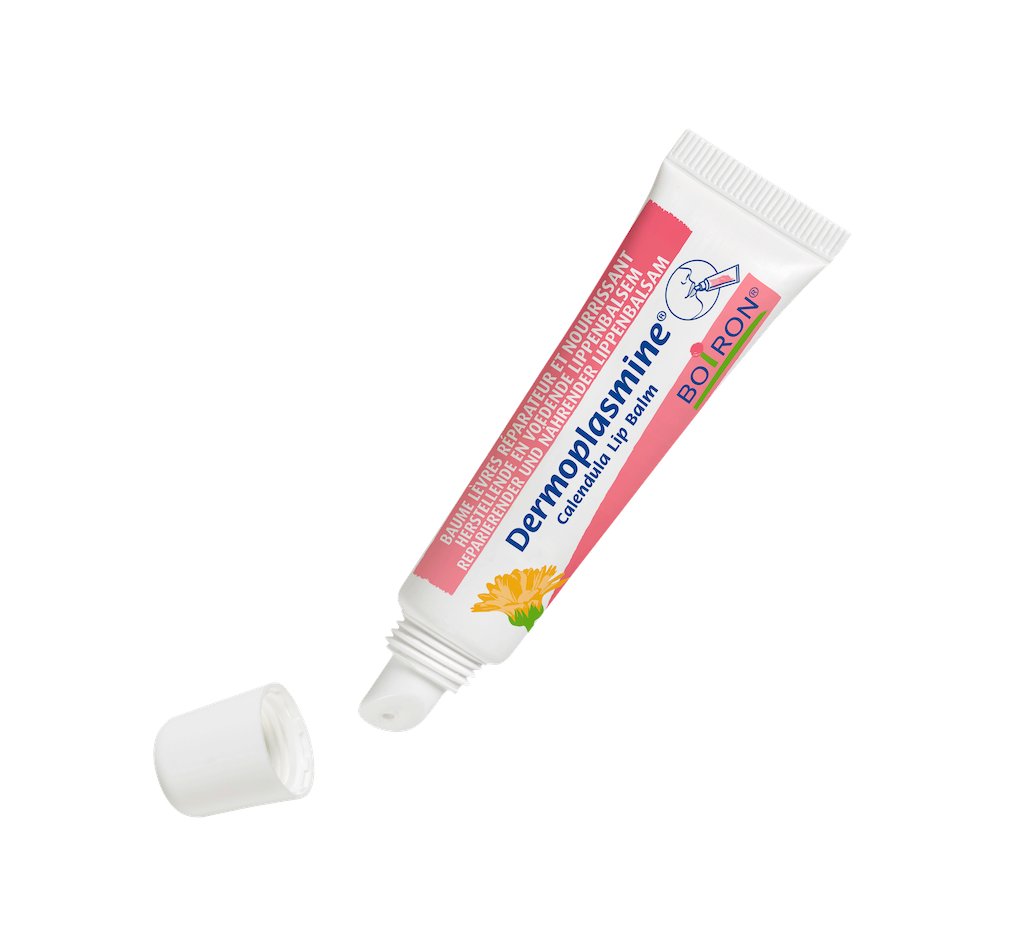
In recent years we have noticed a manifest increase in the number of people with sensitive skin and allergic skin reactions. This also increases the demand for simpler and more transparent formulas. Boiron therefore put its health expertise at the service of the dermo-cosmetics industry and introduced its Dermoplasmine range with calendula (marigold) coming from organic farming. Formulated with a minimum of ingredients and free from perfume, parabens, silicones, phenoxyethanol and butylated hydroxytoluene, these dermatologically tested products provide exclusively the essentials for dry and fragile skin.
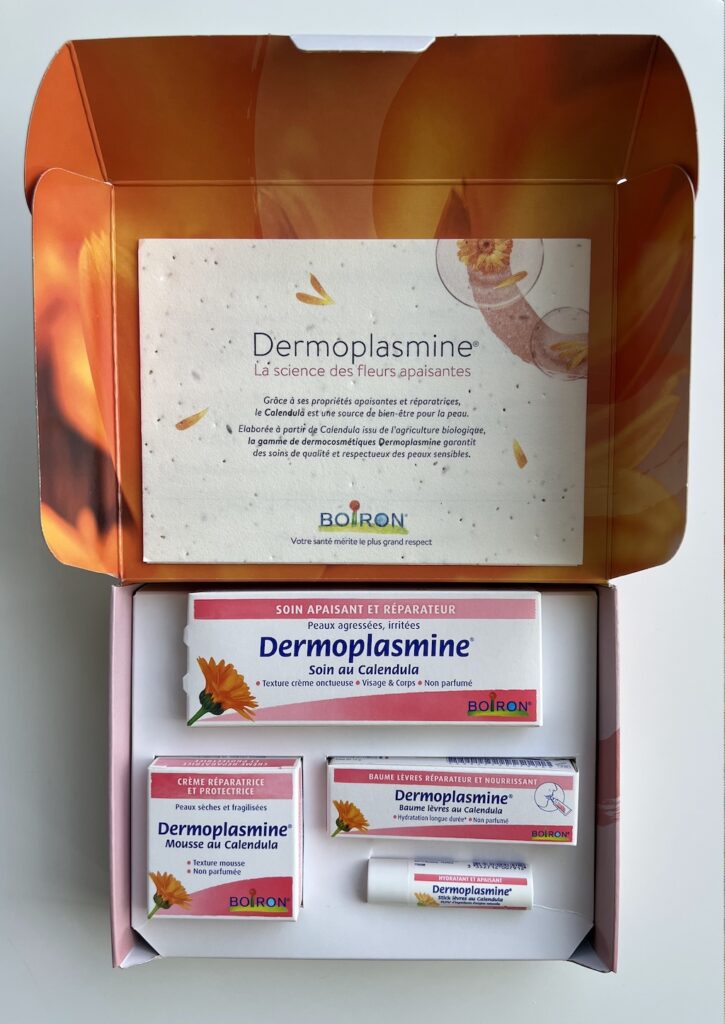
Especially the Calendula mousse of the brand new Dermoplasmine range caught our attention because of its special texture, which is most reminiscent of a lightly whipped chocolate mousse. The restorative and protective Calendula mousse for dry and brittle skin is specifically designed for local dryness on hands, cheeks, heels and elbows. Light and special in texture, having only its natural fragrance, the cream is particularly effective. We noticed a big difference after only one application. There is one drawback: we loved the mousse so much that the jar (20 gr) was emptied in no time.
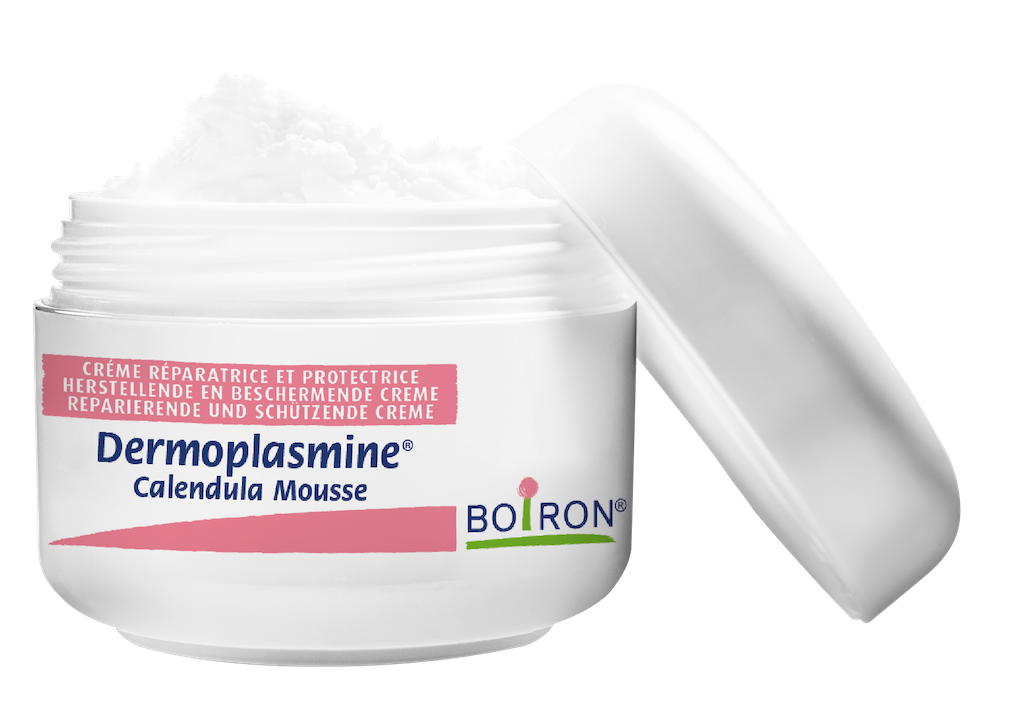
Calendula officinalis, when used as an ointment, cream, balm or oil, has numerous well established dermatological properties. It has an antioxidant, moisturizing and cell-regenerating effect on inflammation, irritation and chapping. Calendula officinalis is also antiseptic and antibacterial. In addition, it has wound healing and soothing properties, especially in case of intolerance and burns after sun exposure. Thanks to its ability to track the direction of the sun, Calendula officinalis has a particularly long blossoming period, which starts in early summer and ends in late autumn. However, the flowers cannot be kept very long.
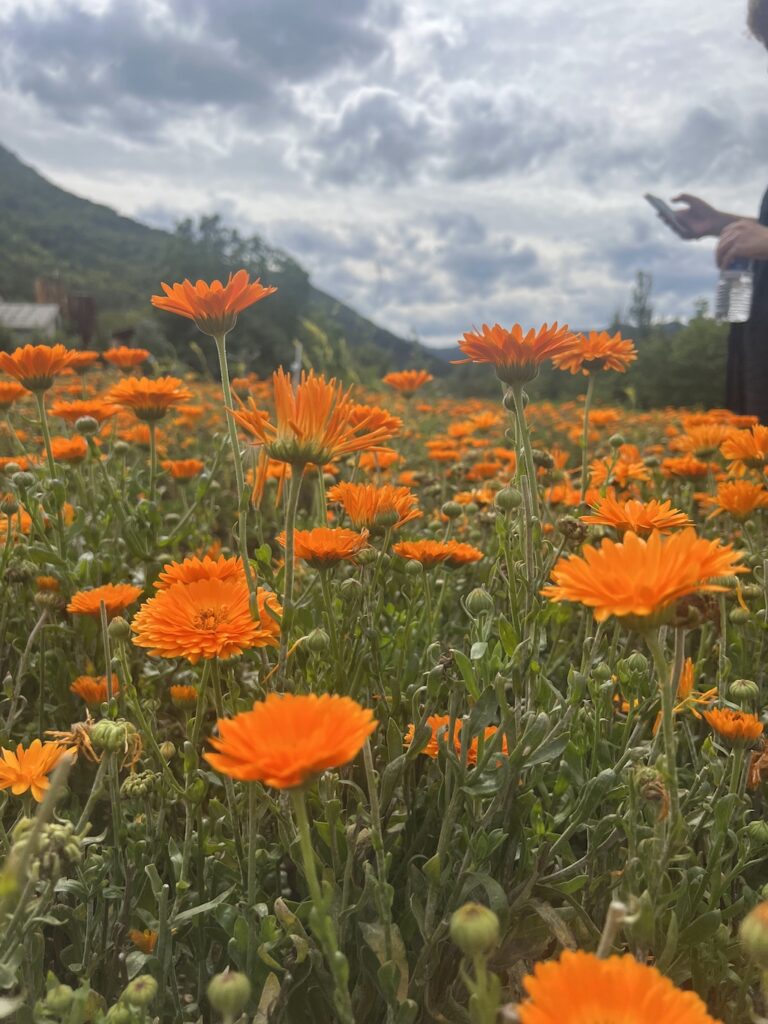
Laboratoires Boiron also prides itself on ensuring that the ingredients (freshly picked flowers and plants) travel in the shortest possible time in order to conserve as much as possible the freshness and thus the effectiveness of the active ingredients. To see it with our own eyes, we went one afternoon to a Calendula field in Valence, France, where we witnessed the picking process at a local farmer. That proved an experience in itself. The Calendula flowers are picked with the greatest care (so as not to bruise the flowers) with the same stem length (maximum 15 cm). Just a snap with your thumb nail and another orange-yellow flower head lands into the picking crates.
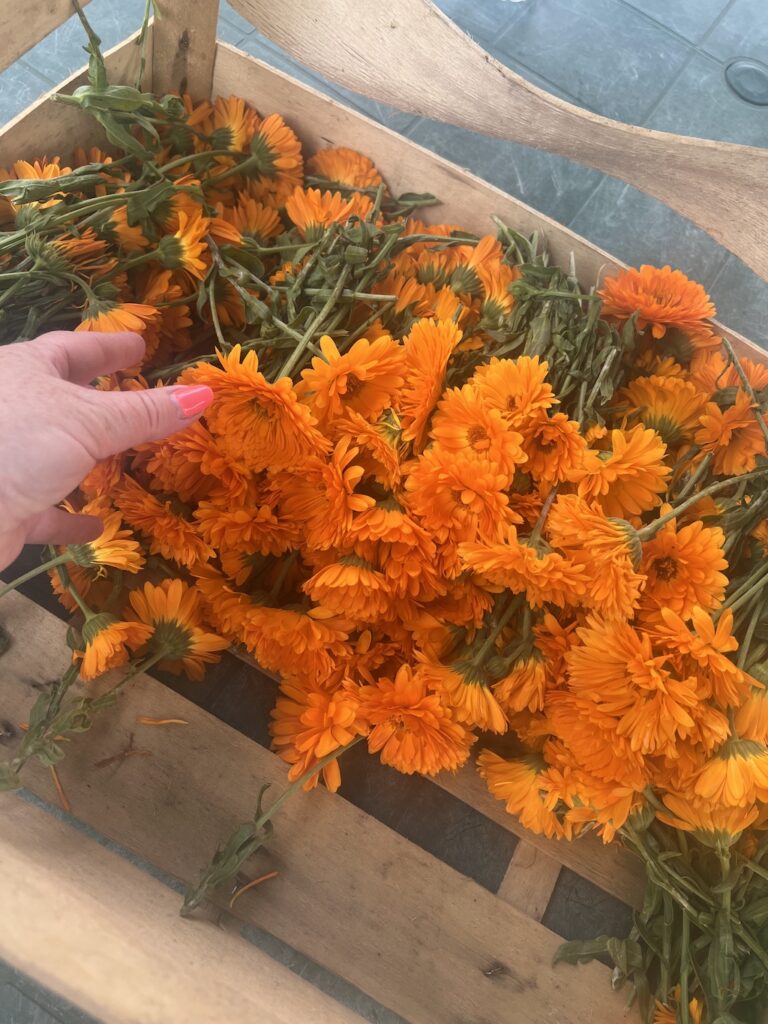
The next morning, the same flowers, covered with morning dew, were already waiting in crates at the Boiron production unit in Sainte-Foy-lès-Lyon, a good hundred kilometers away. Upon arrival at the laboratory, the plant species is identified and verified through a botanical check. Then the Calendula flowers are subjected to physic-chemical and microbiological analyzes and are also checked for the absence of pesticides and impurities.
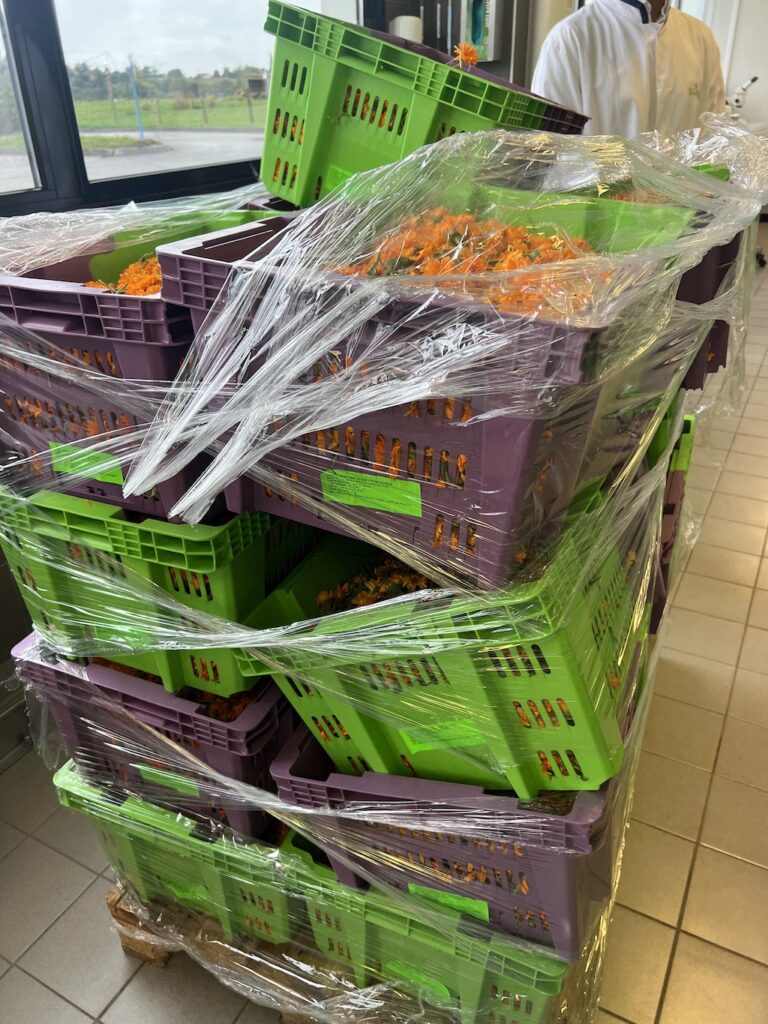
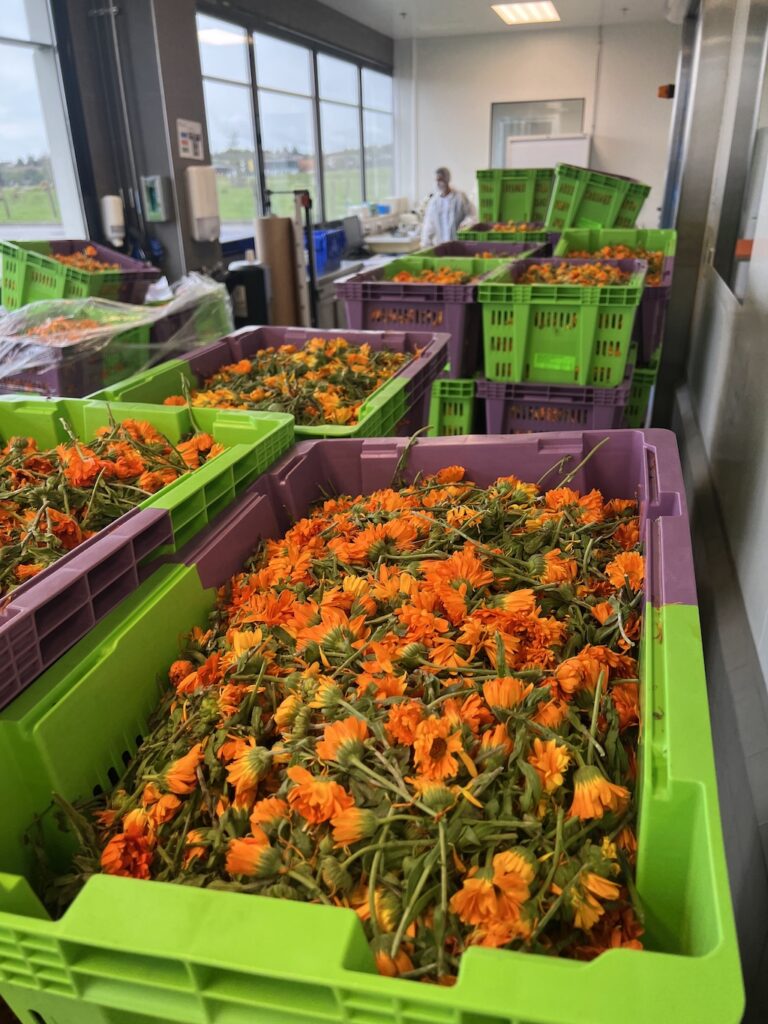
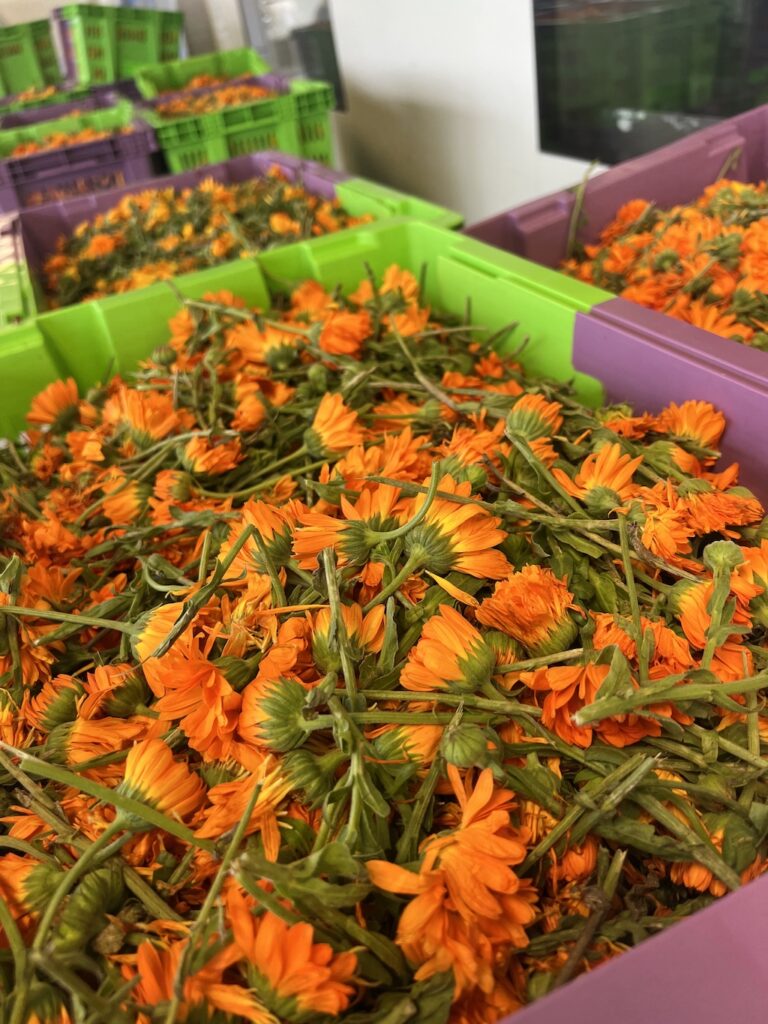
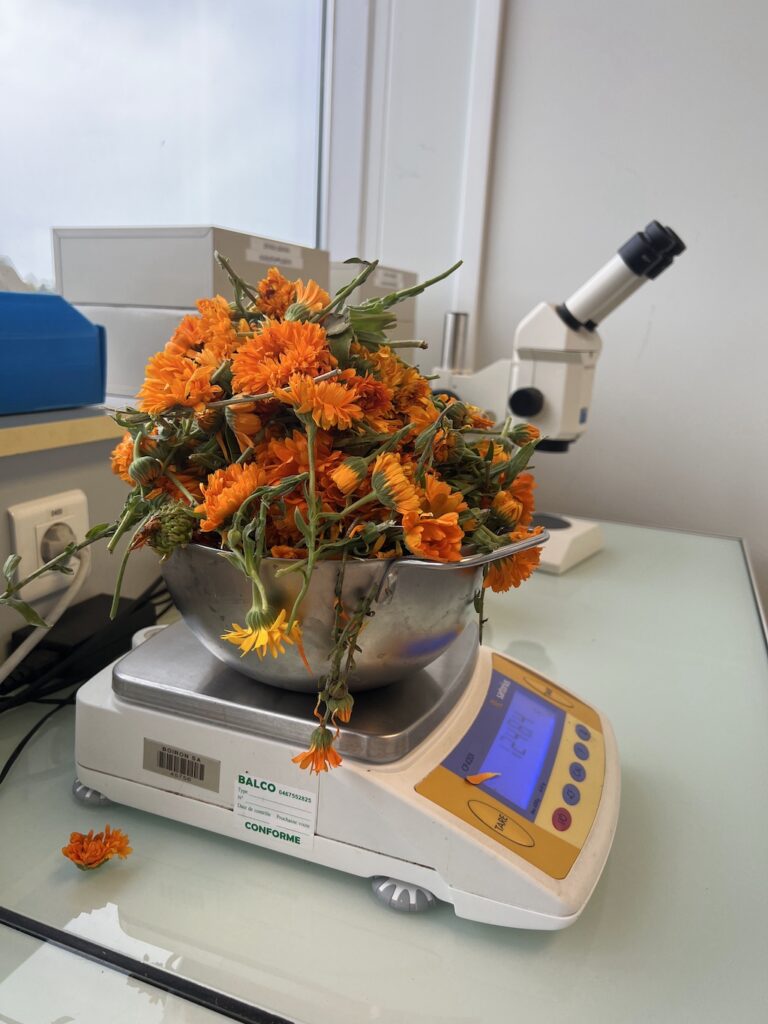
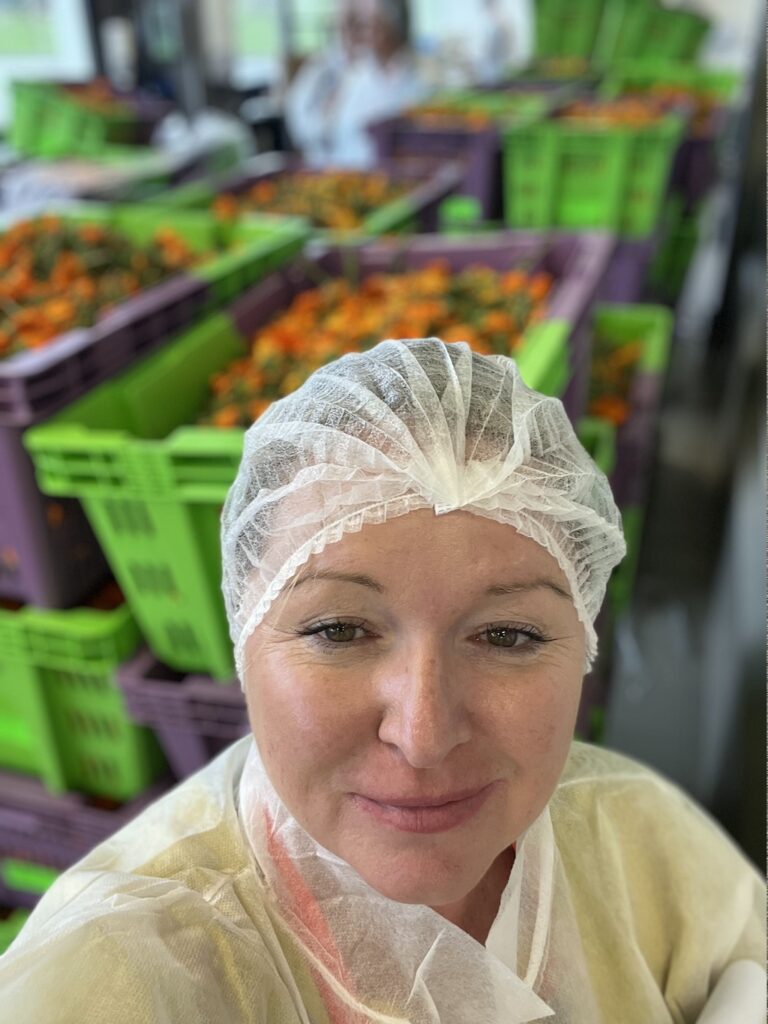
Not much later the flowers were macerated right under our eyes. At the end of the manufacturing process, each batch of the obtained extract is carefully checked according to the specifications of the French Pharmacopoeia.
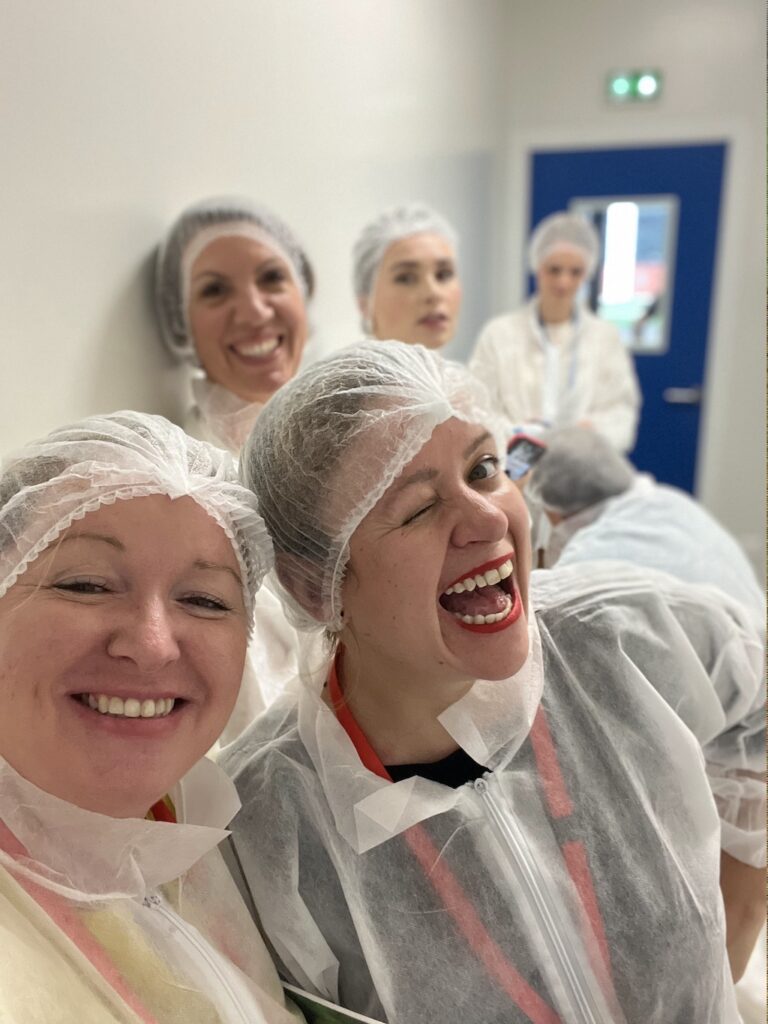
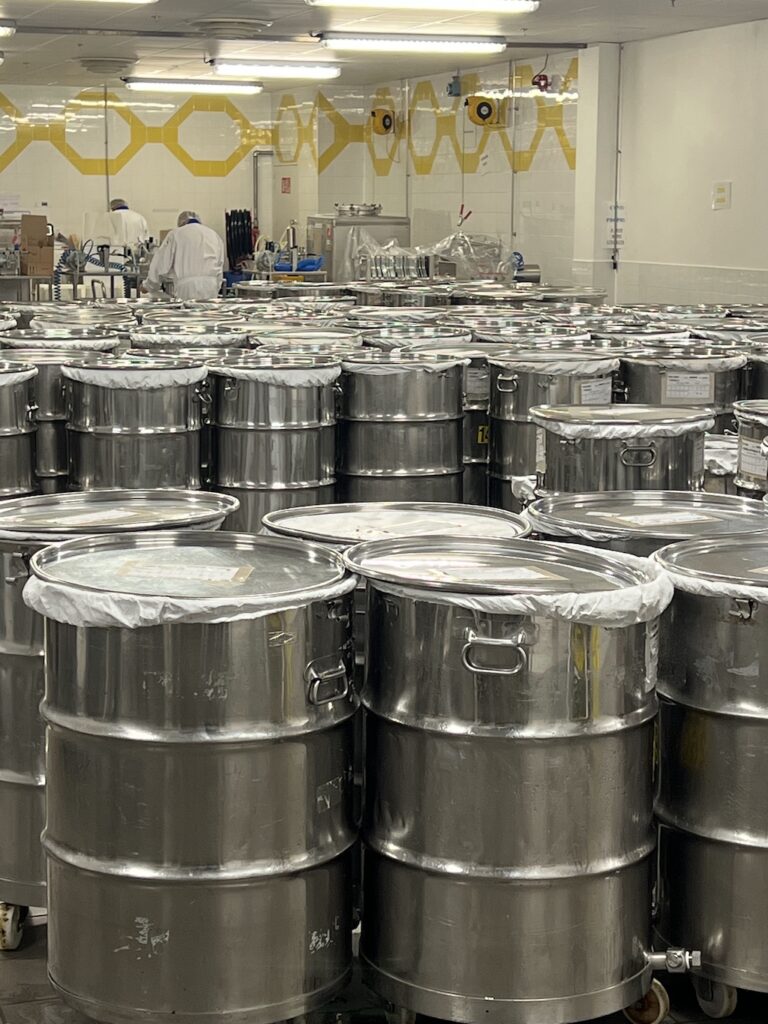
Picking and sorting
“Regular checks of the places where the plants are picked, botanical identification and strict quality control upon receipt, these are the only ways to guarantee quality,” says Michèle Boiron. “At Boiron, we work for more than 90% with certified organic producers who meet very strict specifications. The cultivation method is designed in such a way that it has a minimal impact on the environment. The producers use little water with this method and they work without artificial fertilizers or pesticides. To reduce the environmental impact of our activity further, we prefer regional partnerships. The Calendula officinalis we use comes mainly from regions in France: Maine & Loire, Drôme, Ardèche and Corrèze.”

Mother tincture
The pots to macerate the flowers and the machines we used for grinding in the mid-19th century have today made way for fully automated production lines (Boiron’s international patent), guaranteeing a high level of quality. Electronic control, applied to the different stages of the process, guarantees perfect reproducibility.
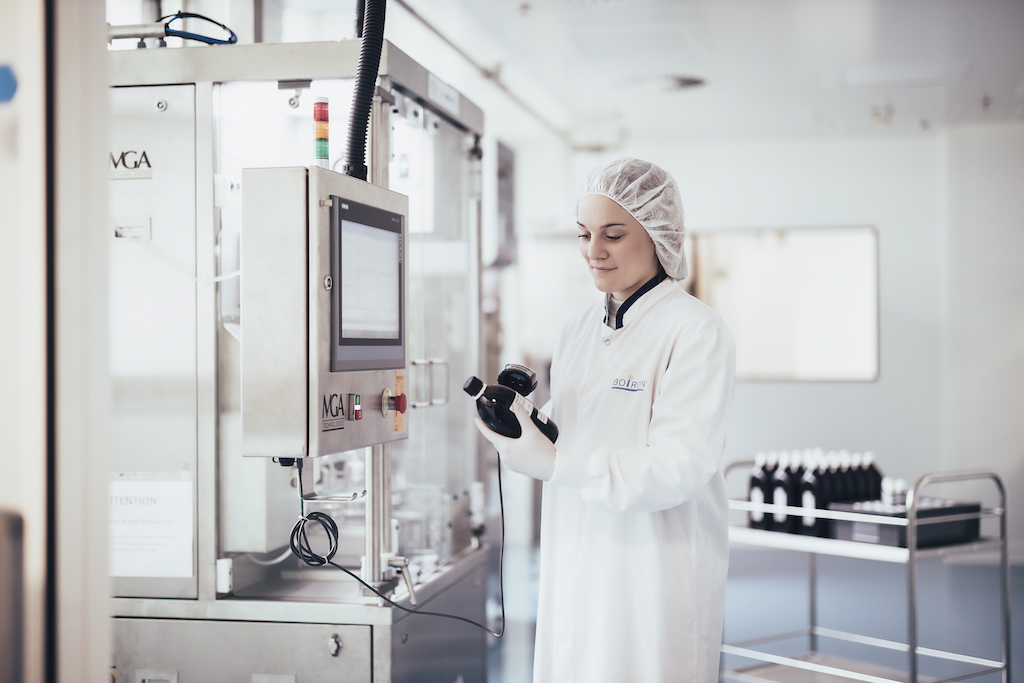
Dilution
The homeopathic dilution process developed by Boiron is the result of a quest for perfection to improve the effectiveness of the homeopathic medicine. The technique of automated dynamization in a controlled atmosphere guarantees perfect a reliability and homogeneity of the dilution.
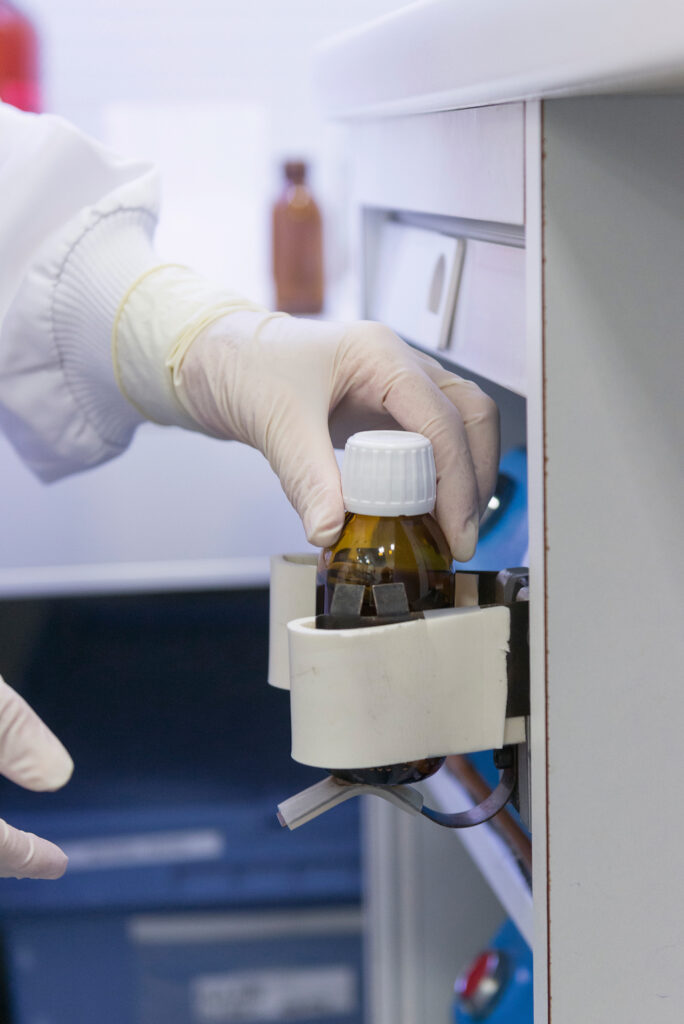
How it all started?
In 1932, twin brothers Jean and Henri Boiron, both trained pharmacists, started manufacturing homeopathic medicines to meet the demand of doctors who wanted to offer their patients quality products. They developed a manufacturing process for homeopathic medicines, which until then had been traditionally manufactured by the doctors themselves. Their leitmotiv was to guarantee the reliability, effectiveness and reproducibility of the action of the medicines. Thanks to strategic mergers and acquisitions over the years, the company has expanded steeply.

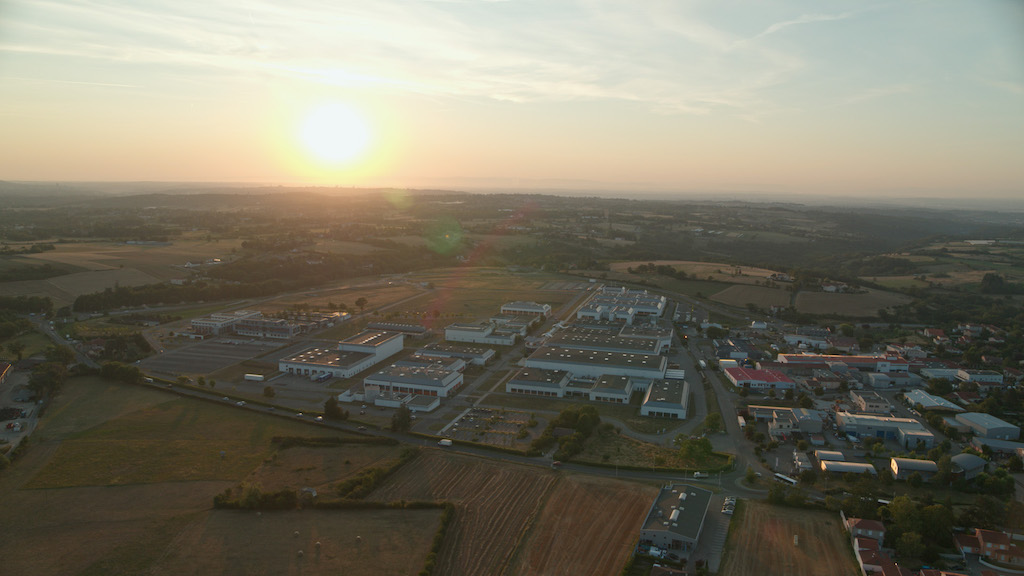
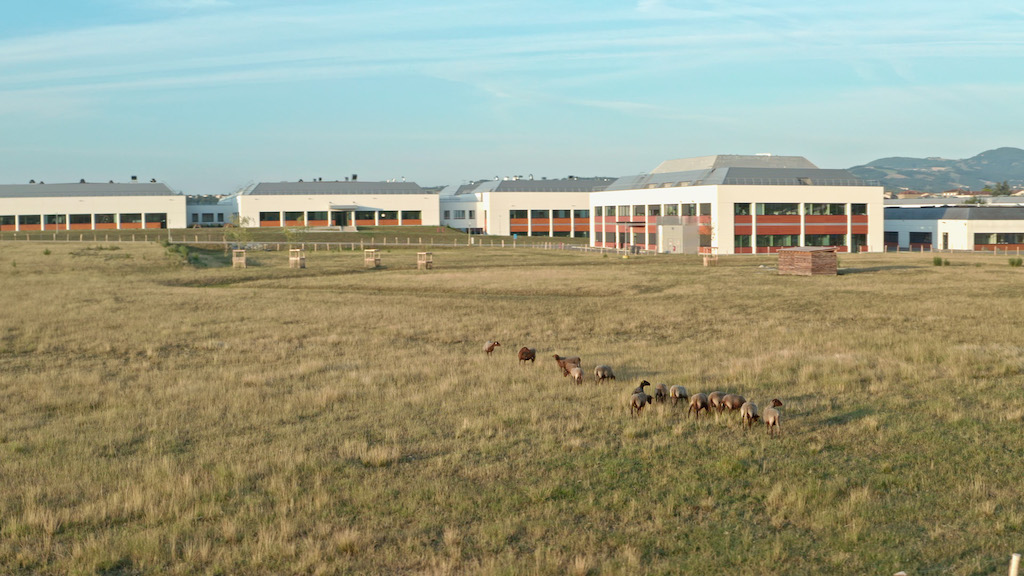
Some of the most emblematic acquisitions:
- In 1911, René Baudry opened the first French homeopathic general pharmacy. In the 1930s he met the twin brothers and in 1967 René Baudry’s company merged with Laboratoires Boiron.
- In 1988, the Laboratoires Homéopathiques de France, founded in 1926 by Léon Vannier, join Boiron.
- In 2005, Dolisos, historically Jean Tétau’s Laboratoires de Pharmacologie Homéopathique, was acquired.
Today, Laboratoires Boiron is a state-of-the-art company with state of the art machinery, designed by Laboratoires Boiron’s own engineers, in collaboration with partner companies, to meet the unique manufacturing process of homeopathic medicines: tubes, doses, sterile single doses, creams, syrups, etc. Laboratoires Boiron’s continuous investment in the most advanced equipment and software for the management and execution of production and control activities guarantees the quality of the medicines and the capacity to produce them.
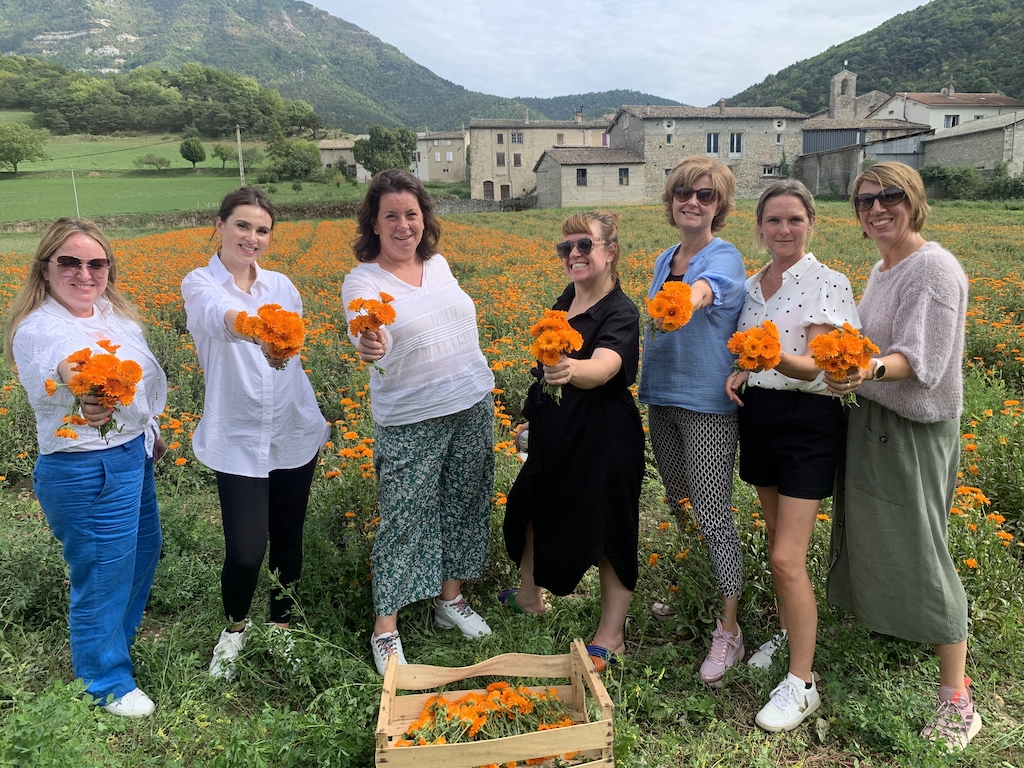
To find out more about Boiron products, ask your local homeopathic pharmacy or visit www.boiron.be
